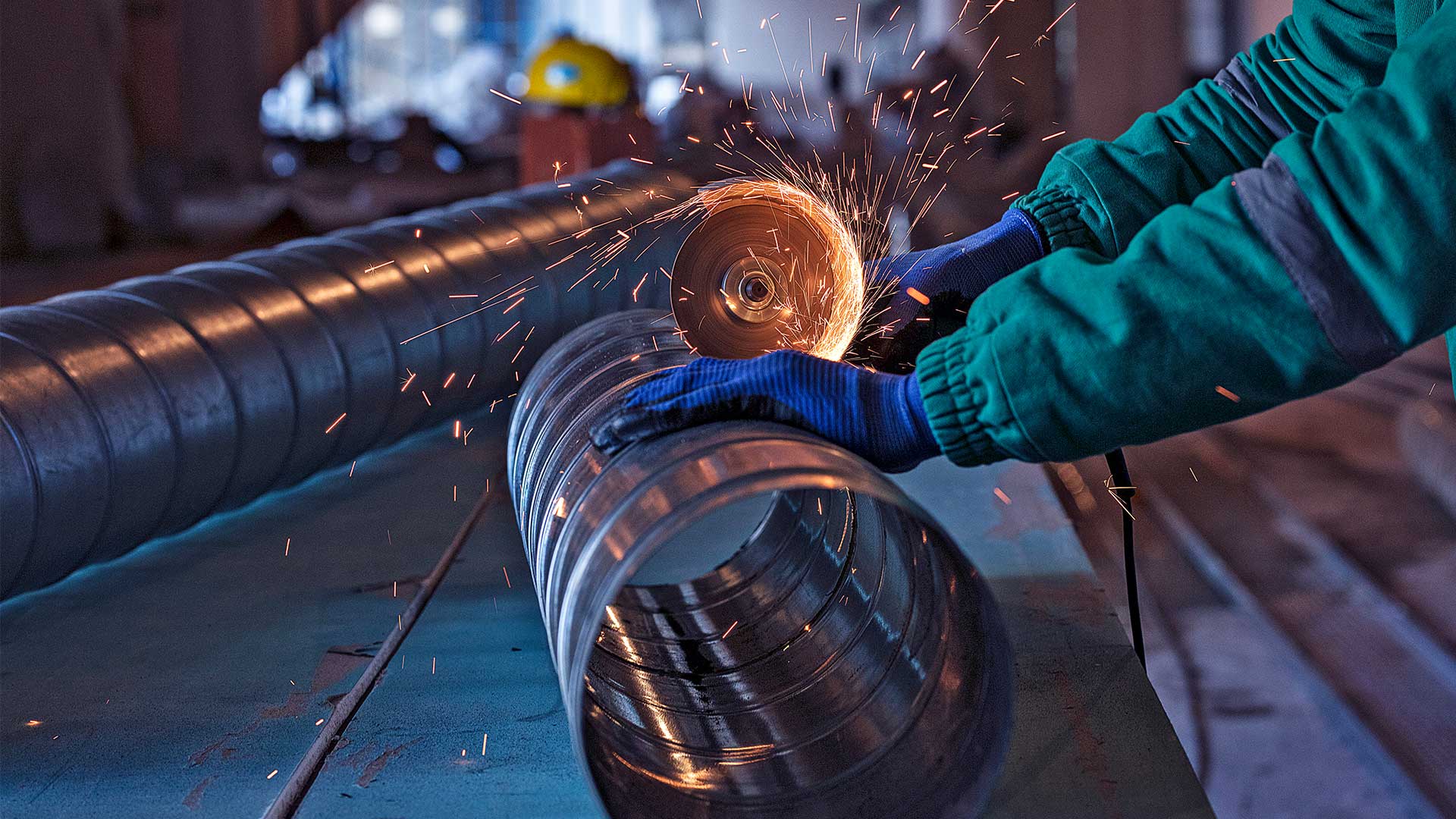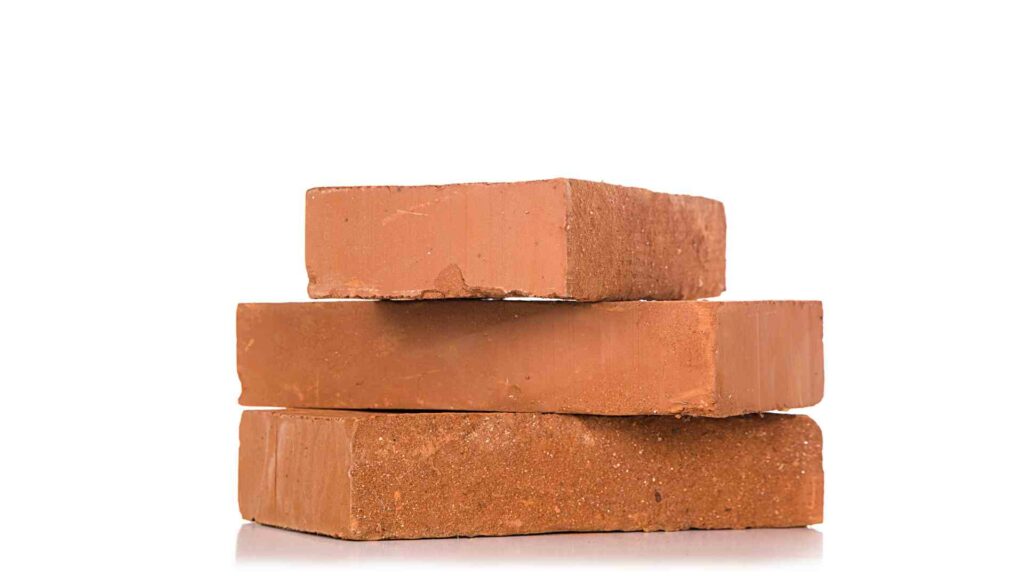Welding with Boron Steel
Welding with Boron Steel: Boron is widely used in construction materials as a strengthening agent and anticorrosive agent. When it comes to steel structures, boron has a particular role in strengthening and anti-fracturing steel welds. Boron oxide and boron carbide are the most commonly used compounds in this context.

Welding with Boron Steel
Welding in Construction
Metals are used extensively in the construction industry. The construction industry employs more than 40 million tons of steel annually in the United States alone, mostly to build buildings.
Applications of Welding in Construction
Numerous industries are involved in Construction, including transportation, oil and gas, telecommunication, power, manufacturing, and many others. Construction is a vast and diverse industry that can be divided into three major sectors based on their building type. The three sectors are building infrastructure and industrial.
Building Construction
Welding is typically used to create structural frameworks from metal components. To support walls, roofs, and floors of a building, steel I-beams, trusses, columns, and footers are welded together.
There are thousands of metal joints in high-rise buildings that require structural welding. In the construction industry, welding is also used to fabric non-structural components, such as firewalls, stairs, handrails, and floor joists. These include:
- Electrical systems – creating electrical conduits Construction for laying wires.
- Plumbing systems – installing water supply and wastewater drainage pipes.
- Ventilation systems – installation of vents and ventilation pipes.
- Fuel systems – installation of gas supply pipes.
Infrastructure Construction
Infrastructure includes bridges, dams, railways, stadiums, water supply systems, highways, and wastewater management systems. In infrastructure construction, welding is mainly used for structural purposes. This is because most of the structures in this sector are megastructures that rely entirely on welded metal frameworks. Metal can also be used for some infrastructure, such as bridges. In contrast, water systems and dams require a lot of pipe welding.
Industrial Construction
Manufacturing plants, refineries, mills, power plants, among others, are all industrial construction systems. In industrial Construction, construction cuts across a wide range of industries. It is no surprise that welding applications are as diverse as the sector itself.
Welding with Boron High Tensile Steel
Demand is for flexible steels which do not fracture but provide high strength. Many welding professionals believe its brittle nature can cause fractures, so any welding is done using boron needs to be done at lower temperatures. Research bears this thinking out. Boron can be highly effective if it is welded at lower temperatures.
Research Findings
The effects of boron on the microstructure, impact toughness, and fracture surface of weld metals in weathering steel was presented in an early 2022 study published by Science Direct.
Interestingly, as the boron content increased, the microstructure gradually changed from block ferrite to granular bainite. The amount of boron-containing second phases increased, and the impact toughness first increased and then decreased.
Weld metals containing 0.0042% boron have the best low-temperature impact toughness. The ductile-brittle transition temperature of the weld metal with a boron content of 0.0042% is significantly lower than that of the weld metals with boron free and boron content.
A rising trend in microhardness can be attributed to the transformation of the microstructure and the appearance of secondary phases. Secondary Ion Mass Sectrometry (SIMS) is used to characterize boron distribution and existing forms.
Boron is mainly found as boron oxide at the original austenite grain boundary; very little is present as boron carbide.
Therefore, boron can improve the impact toughness of weathering steel weld metal at low temperatures. The optimal boron content was found to be 0.0042% in this study. When too much or too little boron is added, low-temperature impact toughness is reduced.
Other Research
A study by J.H Devletian and R.W Heine from 1975 on the Effect of Boron Content on Carbon Steel Welds revealed similar findings with effects upon the microstructure, hardenability and notched tensile properties of steel welds deposited by the GTA and GMA welding processes. Key findings include these:
Boron retards the formation of pearlite and upper bainite and promotes a structure similar in appearance to granular bainite.
The amount of Fe23 (B, C)6 borocarbide forming at austenite grain boundaries and solidification cell boundaries increases with increasing boron content in the weld and decreasing weld cooling rate.
Boron’s hardenability factor in the as-deposited steel weld metal is essentially the same as in wrought steel of the same composition. The hardenability factor for boron in 10B20 wrought steel and GTA and GMA weld metal was 2.0.
The notched tensile strength of boron steel weld metal depends on boron content. There is an optimum boron content of approximately 0.002%, which corresponds to maximum notched strength. The reduction of notched strength at excessive boron concentrations is due to intergranular and 52-s intercellular borocarbides.
Filler metal-containing boron produces consistently stronger welds than boron-free filler welds regardless of whether the base metal is plain carbon or boron steel.





